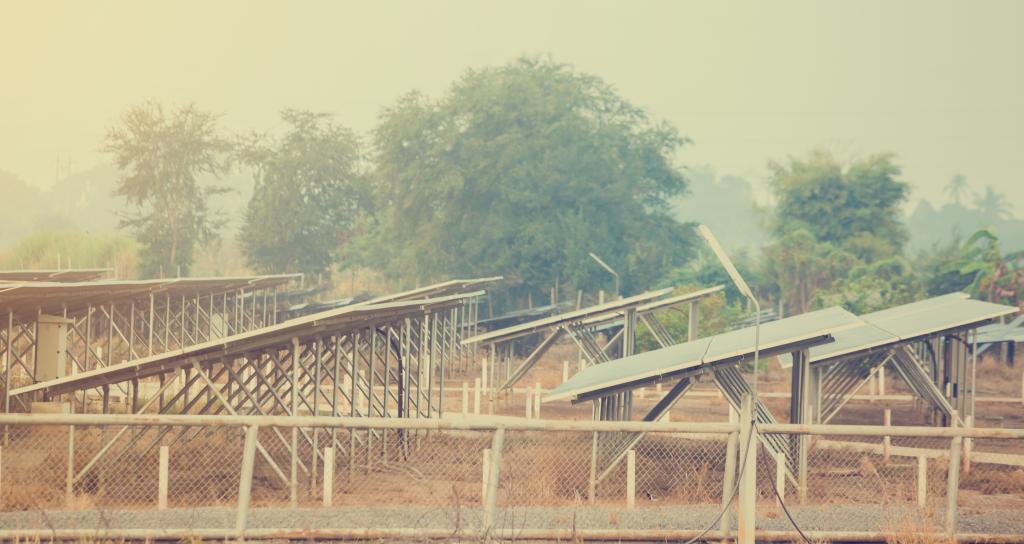At the UN's COP28 climate summit on 2 December 2023, 118 governments made a commitment to triple the world's renewable energy capacity by 2030.
Despite this ambitious pledge, several challenges loom that could impede its realisation. Firstly, the high cost of capital required for building renewable power plants poses a significant hurdle. Elevated interest rates can amplify borrowing expenses, potentially inflating project costs — a concern particularly acute for developing nations already grappling with higher capital costs for their renewable ventures. Another challenge arises from the intermittent nature of solar and wind power, necessitating investment in storage solutions. Furthermore, the procurement of critical minerals is anticipated to become more expensive due to market concentration and an anticipated surge in demand, further elevating the investment costs associated with renewable technologies. These factors collectively threaten to elevate the overall costs of renewable energy beyond initial expectations.
What are the pathways to achieving a sustainable and low-carbon future economy for developing countries? While there is no one-size-fits-all solution, the common threadlines involve reducing greenhouse gas emissions, increasing the use of renewable energy, and improving energy efficiency, among other factors. Achieving this requires significant financing, and several financing mechanisms are already offered by developed countries. The most recent one is the Just Energy Transition Partnerships (JETPs), a new financing model created to help developing countries transition away from fossil energy and toward the green transition.
While transitioning to clean power incurs substantial costs, strategies exist to mitigate these expenses. One potential strategy involves engaging in demand response. A noteworthy but underutilised tool in this regard is real-time pricing (RTP), a dynamic pricing scheme that aligns consumer energy prices more closely with wholesale prices. RTP has the potential to incentivise consumers to shift their electricity consumption to periods of lower cost and higher abundance while reducing consumption during periods of higher cost and scarcity.
The efficient properties of demand response are recognisable, and RTP is just one approach to achieve it. RTP may face challenges, including issues related to consumer acceptance, metering technology, regulatory frameworks, and distributional effects. Alternative methods for implementing demand response, such as time-of-use rates paired with critical “energy drought” pricing on difficult-to-serve days and “discount days” on surplus energy days, may capture most potential benefits.
Professor Imelda discussed this topic during the Lunch Briefing on Tuesday 28 November 2023. Some part of the discussion also featured in VoxEU.org on 6 December 2023.



